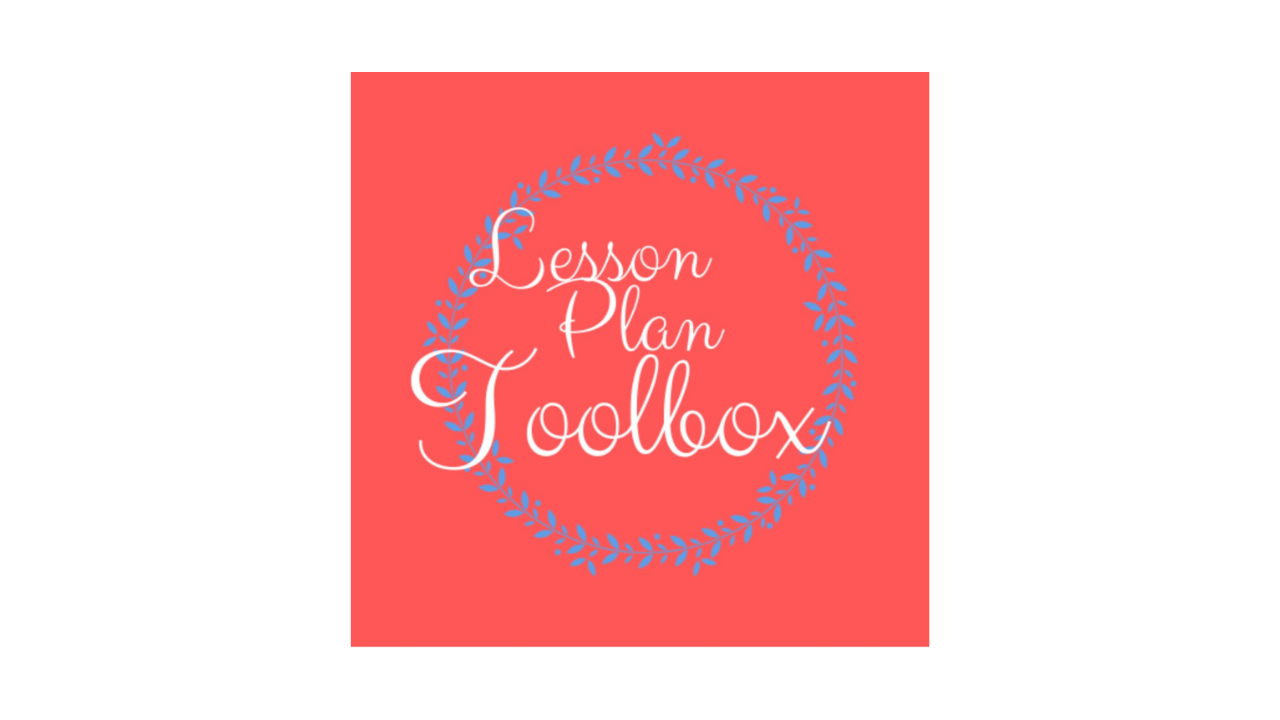
The Power of Silence: A Step-by-Step Approach to Incorporating Silence into Classroom Management
Click here to watch the YOUTUBE version of this post.
Welcome to our yearlong series on Classroom Management by Design for Primary Teachers. Each week we will give you a new piece to the classroom management puzzle to have in place when you need it this school year. Think of it as a Lego kit just waiting to be built.
Classroom Management by Design for Primary Teachers: The Power of Silence: A Step-by-Step Approach to Incorporating Silence into Classroom Management
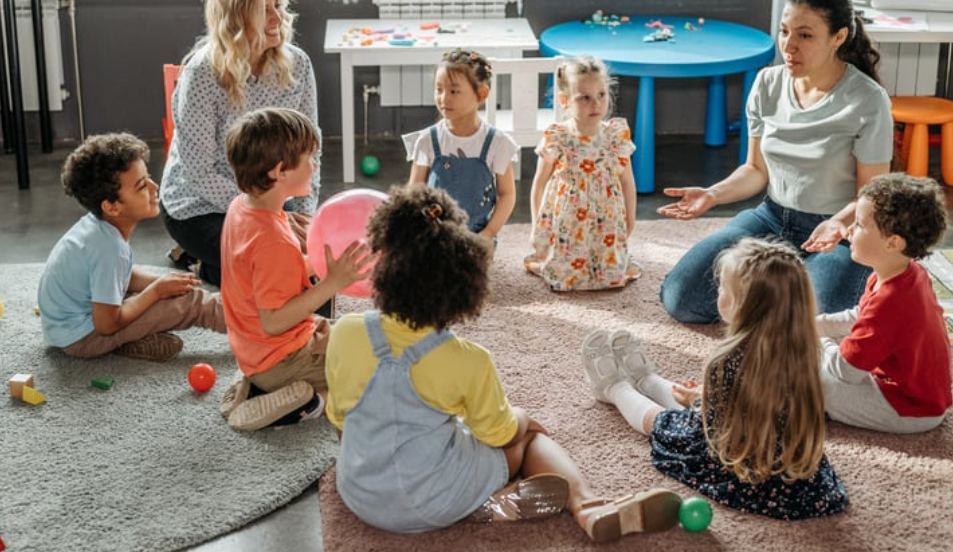
Introduction:
In a world that seems to get louder every day, silence has become a rare commodity, especially in schools where the hustle and bustle of active learning, social interactions, and movement can make quiet moments feel like an anomaly. However, as primary teachers, silence is one of the most powerful tools we can incorporate into our teaching practice—not just for ourselves, but for our students. Silence isn’t about control, punishment, or compliance; it’s about creating space for reflection, focus, and emotional regulation.
In this post, we will explore how you can incorporate silence into your daily teaching practice and use it as a classroom management tool to help your students understand its value. With a bit of intentionality, you can transform silence from something students fear or resist into a cherished part of the day that promotes learning and well-being.
1. Why Silence is Important for Teachers
As educators, we give so much of ourselves to our students each day—our energy, attention, and care. But without moments of silence, it’s easy to become overwhelmed and exhausted. Silence is as beneficial to us as it is to our students, offering moments to recharge, refocus, and maintain our emotional balance.
a) Silence Helps You Recharge
Teaching is mentally and emotionally demanding, requiring continuous interaction with your students. When we are constantly on, we burn out faster. Incorporating intentional moments of silence into your day—whether it's between lessons, during independent work time, or even while students are transitioning—gives you a much-needed opportunity to take a mental breath. These pauses in communication provide moments to reset your energy and gather your thoughts.
b) Silence Aids Reflection and Planning
Without pauses, our teaching can feel reactive instead of proactive. When you build moments of silence into your day, you give yourself the time to reflect on what’s working and what’s not. These pauses allow you to recalibrate your lessons, adjust your strategies, and plan more effectively without feeling rushed.
Regular practice of mindfulness, which often includes moments of silence, has been shown to improve a teacher’s ability to manage classroom stress, improve emotional regulation, and increase teaching effectiveness. When we take a moment of silence for ourselves, we cultivate the calm and patience we need to respond to the unpredictable situations that arise during the school day.
2. How to Incorporate Silence into Your Day as a Teacher
Silence may seem like an impossible luxury in the midst of a bustling classroom, but with intentional planning, it can become a natural part of your day. Here are some strategies for integrating silence into your teaching routine:
a) Start Your Day with Silence
Before your students arrive, take just 2-3 minutes to sit in silence at your desk or in a quiet spot in your classroom. Use this time to mentally prepare for the day ahead, breathe deeply, and center yourself. This practice allows you to begin the day with a sense of calm and focus, which will naturally carry over into your interactions with students.
b) Silent Transitions
Transitions between activities or subjects can be chaotic. Instead of verbal instructions, try using silence during transitions. For example, after a busy hands-on activity, ask students to move quietly back to their desks without speaking. Use a visual cue, like raising your hand or holding up a sign that signals it’s time to transition in silence. These small moments of quiet can be grounding and help both you and your students reset between tasks.
c) End the Day with Quiet Reflection
After the final bell rings and the classroom is empty, take a moment of silence for yourself. Reflect on the day’s successes, challenges, and how you can adjust for tomorrow. This moment of silence helps you leave the day behind and shift into your personal time without carrying the stress of school home with you.
Now, let’s break down specific ways you can build silence into your day for your students and offer strategies for reframing silence as something that enhances learning and emotional growth.
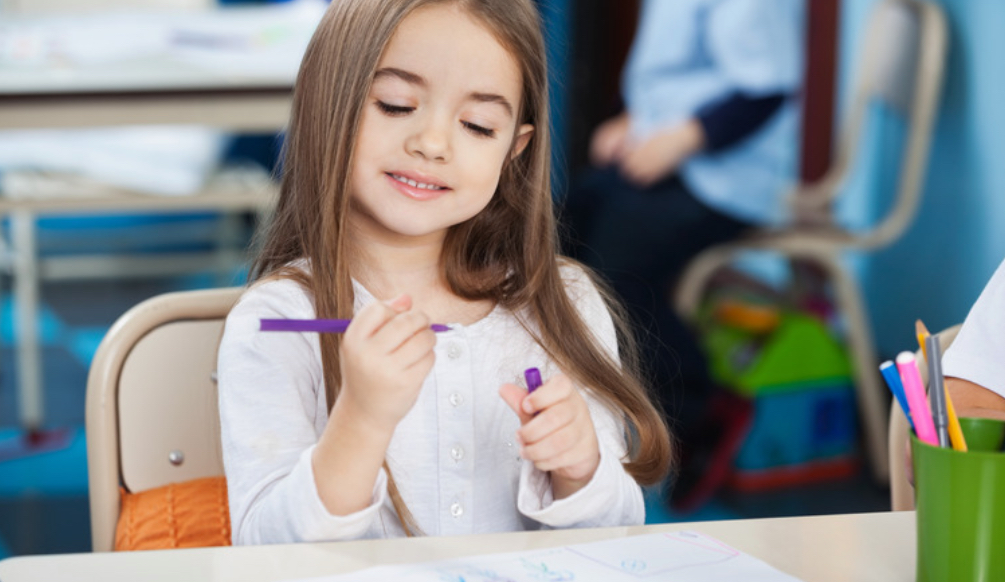
1. Reframing Silence: The Language of Empowerment
Before we dive into the how-to, it’s essential to shift the way you talk about silence in your classroom. The language you use to introduce and reinforce silence will influence how your students perceive it. Instead of positioning silence as something imposed or enforced, talk about it as a tool that students can use to focus, calm themselves, or prepare for learning.
How to Introduce Silence:
Instead of saying: “I need everyone to be quiet right now.”
Try this: “We’re going to use this moment of silence to help our brains get ready for the next task.”
By introducing silence in this way, you're signaling to students that silence is a tool for success, not a reaction to misbehavior.
When transitioning to an activity:
Instead of saying: “No talking while you move back to your desks.”
Try this: “Let’s move in silence so we can reset our minds and get ready to focus on the next part of our day.”
2. Silent Transitions: Teaching Students to Reset
Transitions between activities are often noisy and chaotic, but they are the perfect opportunity to teach students that silence can help them reset and refocus. With the right language, you can turn these moments into calm, purposeful pauses rather than rushed, noisy shifts.
How to Implement Silent Transitions:
Before transitioning from one activity to another, use a brief explanation to help students understand the purpose of the silence.
For example:
“We’ve just finished a really exciting activity, and our brains are still buzzing with energy. Now, we’re going to take 30 seconds of silence to calm down and get ready for the next task. Think of this as a reset button for your mind.”
Introduce non-verbal signals for silent transitions, such as raising your hand or holding up a "quiet card." This visual cue eliminates the need for verbal reminders.
For example:
“When I raise my hand, it’s time for us to use silence to transition calmly and quietly to the next activity.”
Why it Works:
By framing silence as a reset rather than a rule, you help students see it as something that helps them, not something that restricts them.

3. Silent Reflection: Teaching the Power of Pausing
Silence can be used effectively to encourage students to reflect on their actions, decisions, and learning. Reflection is a critical component of self-regulation and emotional growth, and it starts with creating quiet moments where students can process their thoughts.
How to Use Silence for Reflection:
After a lesson or discussion, give students a moment of silence to think about what they’ve learned. Explain why this moment is important, using language that emphasizes the value of thinking time.
For example:
“Let’s take a minute of silence to think about what we’ve learned today. Close your eyes or look at your notebook and let your mind go over the ideas we just talked about. This quiet time helps your brain organize everything and prepares you to share your thoughts.”
Before responding to questions or conflict situations, encourage students to take a moment of silence to reflect before they react or speak.
For example:
“Before you answer, let’s take a moment of quiet to think. Sometimes our first reaction isn’t our best one, so this silence will give you time to reflect on what you really want to say.”
Why it Works:
When students are given the chance to reflect silently, they not only retain information better but also develop the habit of pausing before reacting emotionally. This promotes better behavior, decision-making, and communication.
4. Creating a Quiet Space: Silence for Emotional Regulation
Many students struggle with emotional regulation, and silence can be a powerful tool to help them regain control. By creating a quiet space in your classroom—such as a “calm corner”—you give students a non-punitive option for managing their emotions through silence.
How to Set Up a Quiet Space:
Designate a calm, cozy area of the classroom where students can go when they feel overwhelmed, frustrated, or upset. Make sure this space is inviting and not associated with punishment.
For example:
“This is our calm space, and it’s here for anyone who needs a moment of quiet to think or settle down. Sometimes we all need a little break, and that’s okay. You can use this space to take a few minutes of silence to help yourself feel better.”
Explain that the purpose of the space is to help students choose silence when they need it. Offer comforting tools like a soft pillow, a fidget toy, or a stress ball, but emphasize that the key component is the silence.
For example:
“When you feel your emotions getting really big, it’s important to give yourself some quiet time. Use this space to sit in silence, close your eyes, and take deep breaths. When you’re ready, you can come back to the group.”
Why it Works:
When students see silence as a way to manage their emotions independently, they become more self-reliant and confident in their ability to regulate their feelings without needing external intervention.

5. Silent Starts and Ends: Building Routines of Quiet Reflection
Silence can become a valued part of your daily routine if you introduce it as something beneficial at the start and end of each day. These moments don’t need to be long—a minute or two of silence is enough to create a sense of calm and focus.
How to Introduce Silent Starts:
At the beginning of each day, start with a moment of silent reflection to help students transition from the excitement of arriving at school to the focus of learning.
For example:
“Let’s begin our day with one minute of silence. This time is for you to settle into the day, think about what you want to achieve, and prepare your mind for learning. It’s like stretching your brain before we jump into our lessons.”
Use the same technique at the end of the day to help students reflect on what they’ve learned and mentally prepare to go home.
For example:
“Before we leave today, we’re going to take a moment of silence to think about one thing we learned and one thing we’re proud of. This quiet time helps us wrap up the day and appreciate everything we’ve accomplished.”
Why it Works:
By bookending the day with moments of silence, you help students build the habit of reflection, while also creating a peaceful, focused classroom environment. These moments of quiet also give you time to reset and recharge between lessons and tasks.
6. Using Silence to Encourage Mindful Listening
One of the most powerful ways to incorporate silence into your classroom is by teaching students how to use it for mindful listening. Often, students are so focused on what they want to say next that they don’t fully engage in listening to others. Silence teaches them to pause, absorb, and process before speaking.
How to Encourage Mindful Listening:
When another student is speaking, ask the class to sit silently and listen fully before responding. After the speaker finishes, allow a few seconds of silence to let the words sink in.
For example:
“When someone else is speaking, we’re going to use silence to focus on their words. After they finish, we’ll sit quietly for a few seconds so we can think about what they said before we respond.”
Model this behavior yourself by pausing for a moment after a student speaks to show that you are truly listening and considering their words.
Why it Works:
Mindful listening, aided by silence, helps students become better communicators and fosters respect for others’ contributions. It also encourages deeper engagement with classroom discussions.
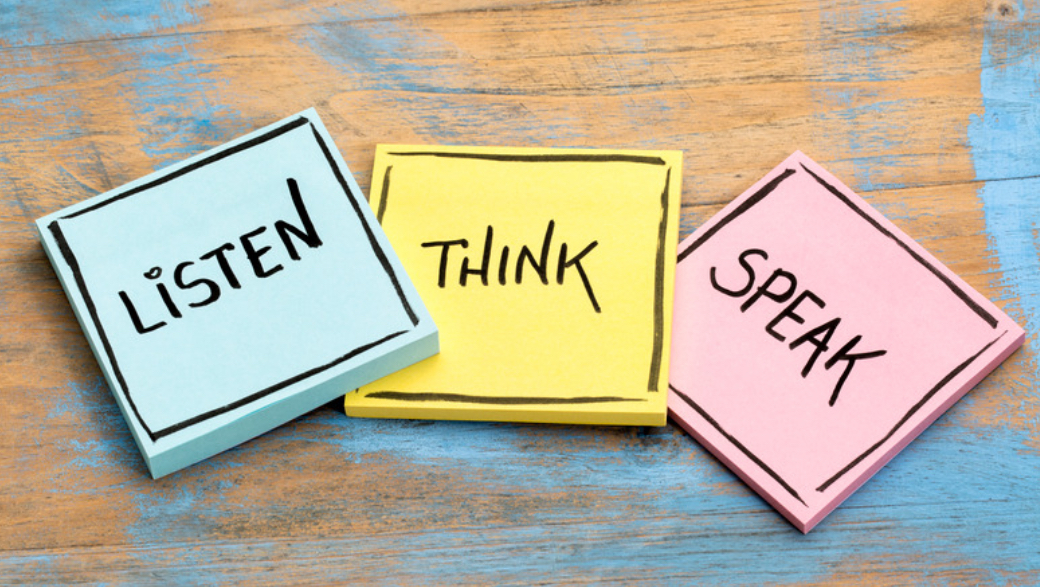
Conclusion: Silence as a Tool for Growth, Not a Punishment
Silence is not a punishment—it’s a tool that helps both teachers and students create space for reflection, emotional regulation, and deeper learning. By incorporating silence into your daily routine, using empowering language to introduce it, and modeling its value, you can transform how your students perceive and use silence.
Through silent transitions, reflective pauses, and quiet spaces, students will learn that silence is something they can choose and control, a powerful resource within themselves to help them navigate the challenges of learning and growing. As teachers, using silence as a tool for ourselves helps us reset, recharge, and create a more peaceful, focused classroom environment.
SHOCK-TOBER!
If classroom management has you a going a little bonkers or even worse is stressing you out to the MAX, then we would LOVE to invite to the
MASTERING CLASSROOM MANAGEMENT for the Primary Teacher Membership for FREE the ENTIRE month of OCTOBER!
You will have the chance to ask all of your classroom management questions and receive real time feedback on how to implement strategies in the classroom.
Primary teachers have our hearts and we can't wait to see you inside the membership!
DID YOU KNOW…
Did you know I organize a FREE Facebook Group for Mastering Classroom Management? We are gearing up for our school year quarter sessions, so if you’re looking for a simple way to improve your classroom management join the already 200+ teachers that have signed up: Mastering Classroom Management Facebook Group
Your ebook GIFT: Empowering Primary Teachers: Effectively Manage Disruptive and Violent Behaviors in the Classroom
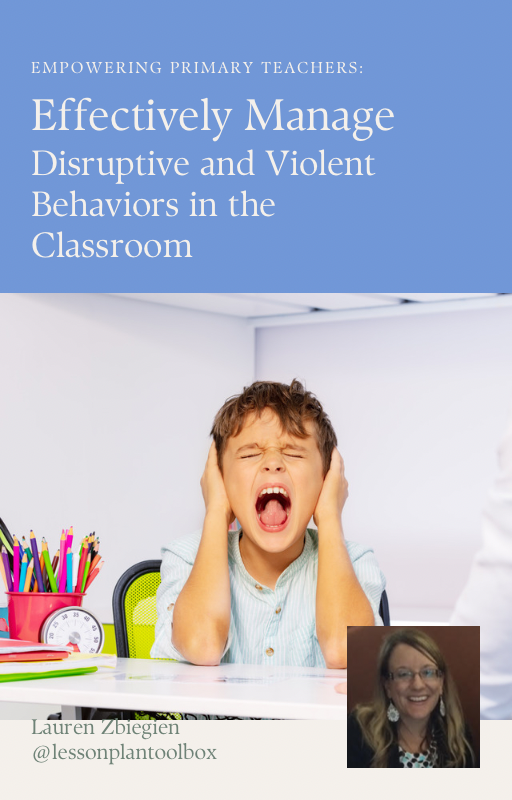
FINALLY…
If you enjoyed the tips in this post, you might also enjoy this series of videos Classroom Management by Design for Primary Teachers:
The Power of Silence in the Classroom
The Power of Your Words in the Classroom
Mastering Conflict Resolution in the Primary Classroom
Silencing the Chaos: How to Quiet a Classroom Full of Disruptions and Rudeness
Diffusing Extreme Behaviors in the Primary Classroom
Don’t forget to follow us over on Instagram!
Teach~Relax~Repeat
Lauren
